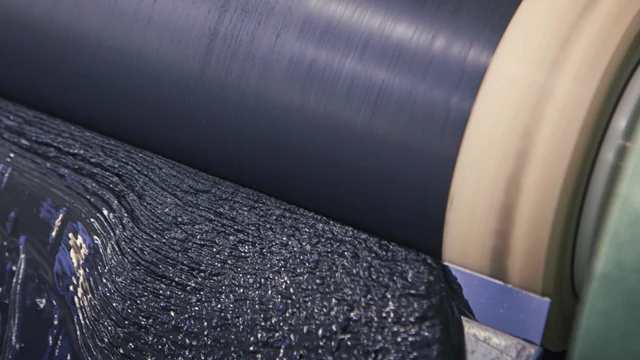
Produtos
Pastas de impressão em tela para aplicações de células de combustível
As células a combustível de óxido sólido (SOFC) têm custo atrativo, ao mesmo tempo em que oferecem um excelente desempenho, a Höganäs produz pós e pastas para brasagem que são ideais para garantir as melhores vedações ao mesmo tempo em que oferecem a consistência ideal do revestimento.
Pastas de brasagem BrazeLet® para SOFC
BrazeLet Ni2P-9002
BrazeLet Ni2P-9003
BrazeLet Ni5P-9002
BrazeLet Ni5P-9003
BrazeLet Ni9P-9002
BrazeLet Ni9P-9003
Fale conosco

Vendas e suporte técnico
Contate o seu representante de vendas para mais informações e solicitações.
Entrar em contato conosco
Formulário de contato
Pessoas para contato
Technical area:
Brazing
Selecione o seu país *
Tipo de contato *
Vendas
Vendas
Suporte técnico
Primeiro nome *
Sobrenome *
Empresa *
Campo de atuação *
Diretor-Presidente /Proprietário
Compras
Engenheiro de Projeto
Desenvolvedor de Negócios
Operador de Máquinas
Outros
E-mail *
Telefone comercial *
Sua mensagem *
Política de privacidade
Concordo com o processamento de meus dados pessoais pela Höganäs para que possa contatar-me. Minhas informações de contato também podem ser usadas para fins de marketing, tais como envio de boletins informativos e outras informações relevantes. Os dados não serão compartilhados com terceiros. Juntamente com o meu consentimento, também confirmo que tenho mais de 16 anos.
Para saber mais sobre como processamos informações pessoais, consulte a nossa política de privacidade.
Você deve aceitar os termos de serviço antes de continuar


